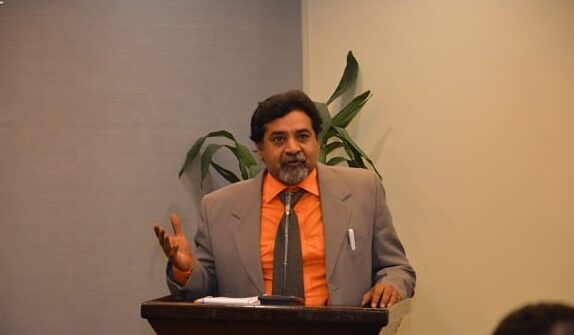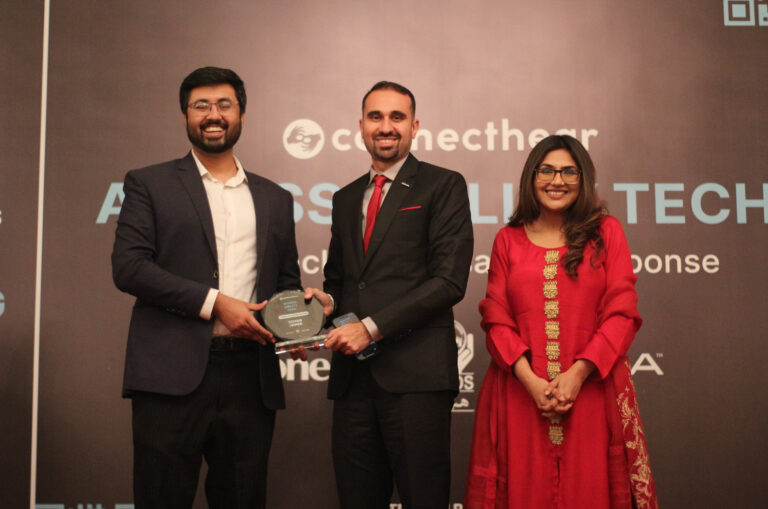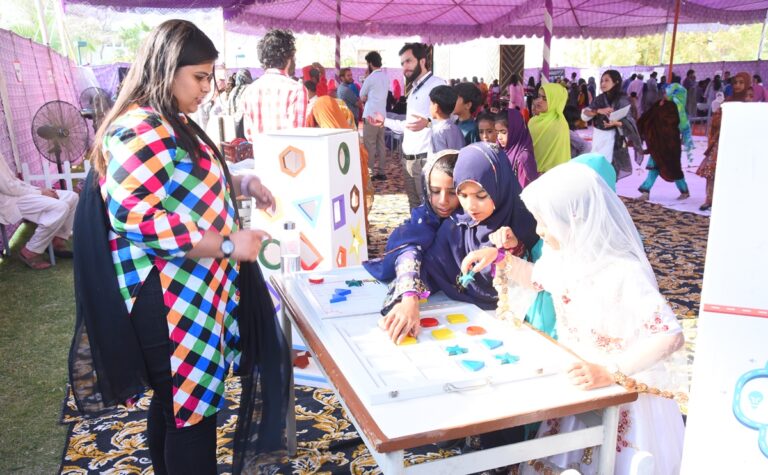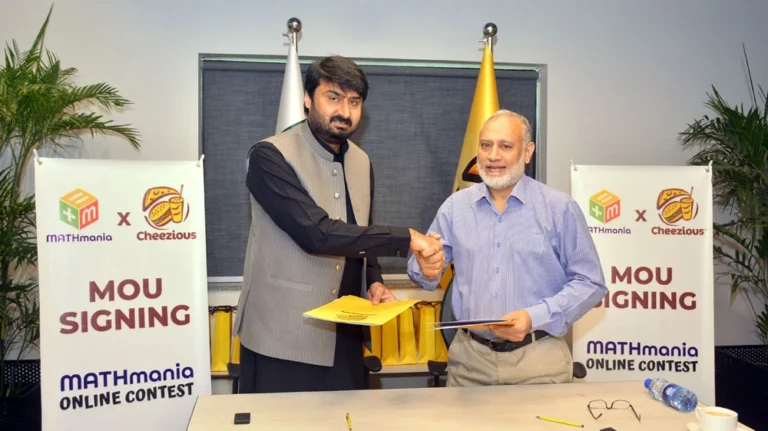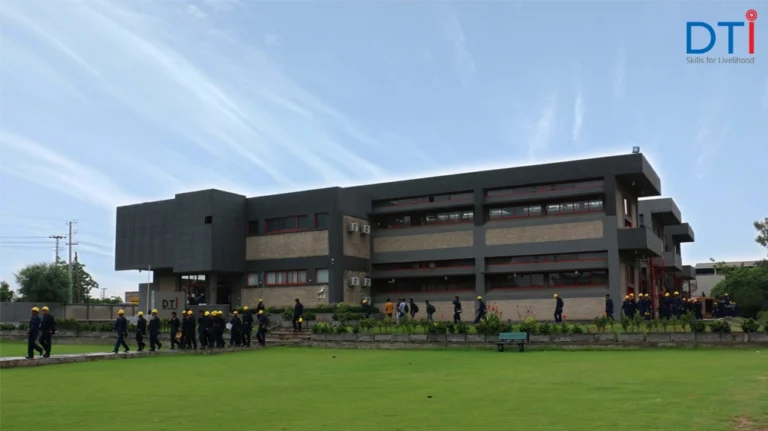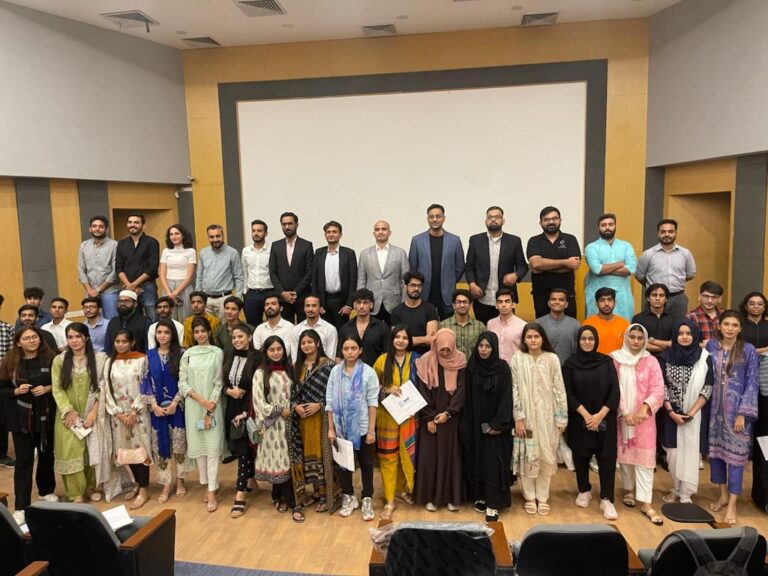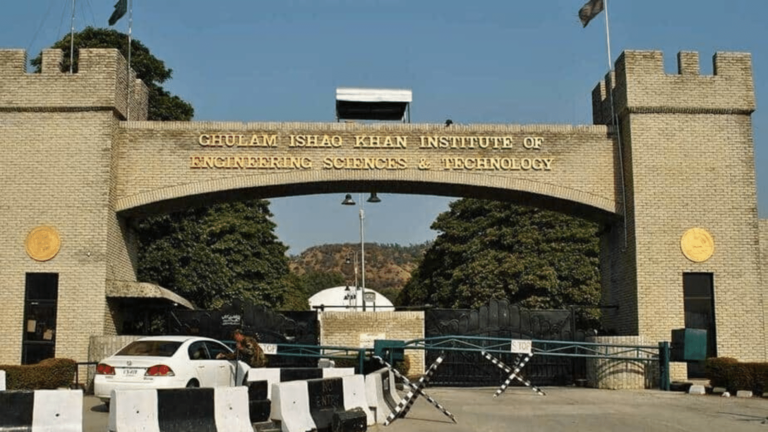Pakistan’s Superclass: The Unseen Force Behind Political Power
Pakistan is a country with a rich and complicated history. Its path towards independence and subsequent development has been fraught with challenges and setbacks. In this context, the role of the superclass, or the network of individuals and institutions that hold the most power and influence in the country, has been instrumental in shaping the political and social landscape of Pakistan.
Agha Iqrar’s book, “How does Superclass Rule Nations? —A Case Study from Pakistan,” provides a detailed analysis of the superclass and its impact on Pakistan’s development since its independence in 1947. Drawing from his extensive experience as a reporter covering Pakistani politics and foreign affairs, Iqrar offers a unique perspective on the ways in which the superclass has wielded its power over the years.
One of the main themes that runs throughout the book is the blind trust that ordinary people in Pakistan have in the superclass. This trust, according to Iqrar, has been a significant weakness of Pakistani society, and has led to the subjugation of the masses. This trust is based on a semiotic system that values hero worship and the search for a savior, who later tends to become the subjugator.
Iqrar argues that the superclass in Pakistan comprises civil and military bureaucracy, politicians, higher judiciary, and business tycoons, who manipulate the rules of the country to gain maximum financial and social benefits. The superclass, according to Iqrar, runs the largest corporations, controls international finance, and influences the media. Moreover, the superclass is interceded, intermingled, and intervened through intermixed marriages.
The book offers a critical analysis of three major projects that the superclass launched in Pakistan. “Project Altaf Hussain,” “Project Nawaz Sharif,” and “Project Imran” brought drastic changes to Pakistani politics and society. Project Altaf Hussain resulted in thousands of dead bodies on the streets of Karachi and an extreme ethnic divide that is still difficult to fill. Project Nawaz Sharif, on the other hand, did not shake the foundations of the country and followed the conventional path to protest. However, Project Imran Khan was a cliché breaker. It made a mockery of the constitution, politicians, and Parliament. The project aimed to communicate to the youth that all politicians are corrupt and that the parliamentary system had failed to deliver, thus a new constitution was needed to replace the parliamentary system with a presidential form of government.
Iqrar is an old-school journalist, trained by strict tutors who follow media ethics and journalistic code of conduct. As such, he refrains from explicitly addressing issues that are intertwined with state sovereignty and state pillars, which are presented as state interests by the superclass. However, Iqrar asserts that this is an imposed situation, and dismantling it is necessary to ensure a free and fair press that holds those in power accountable.
In conclusion, Agha Iqrar’s “How does Superclass Rule Nations? —A Case Study from Pakistan” is a well-researched and insightful analysis of the superclass and its impact on Pakistan’s development. The book offers a critical perspective on the blind trust that ordinary people have in the superclass and the need to dismantle the imposed situation that restricts free and fair press. The book is a must-read for anyone interested in understanding the complex political and social landscape of Pakistan.

